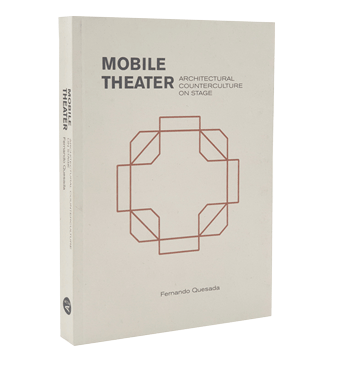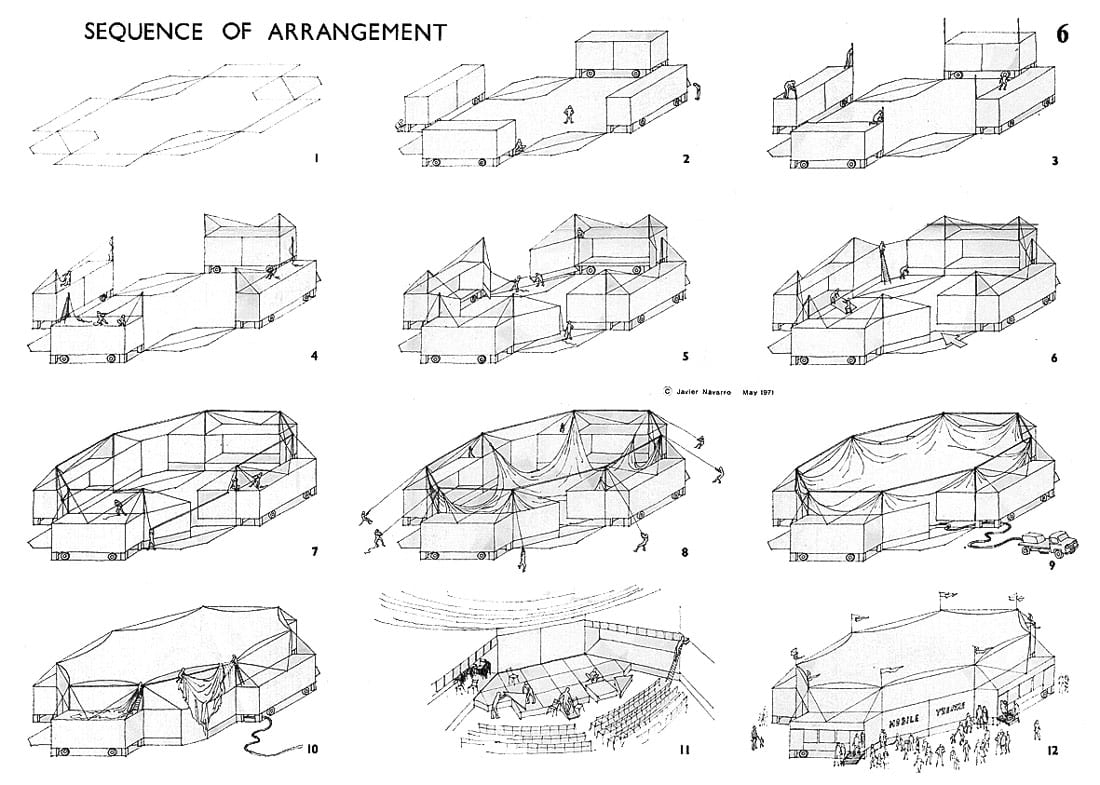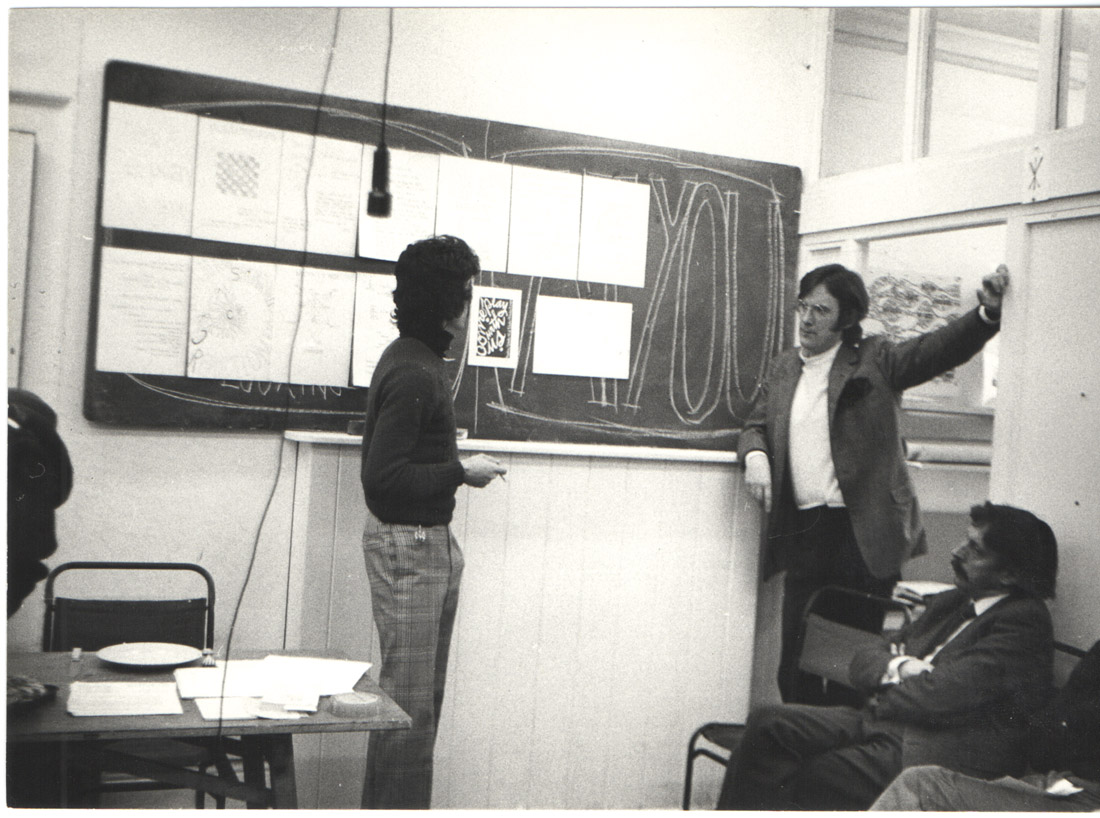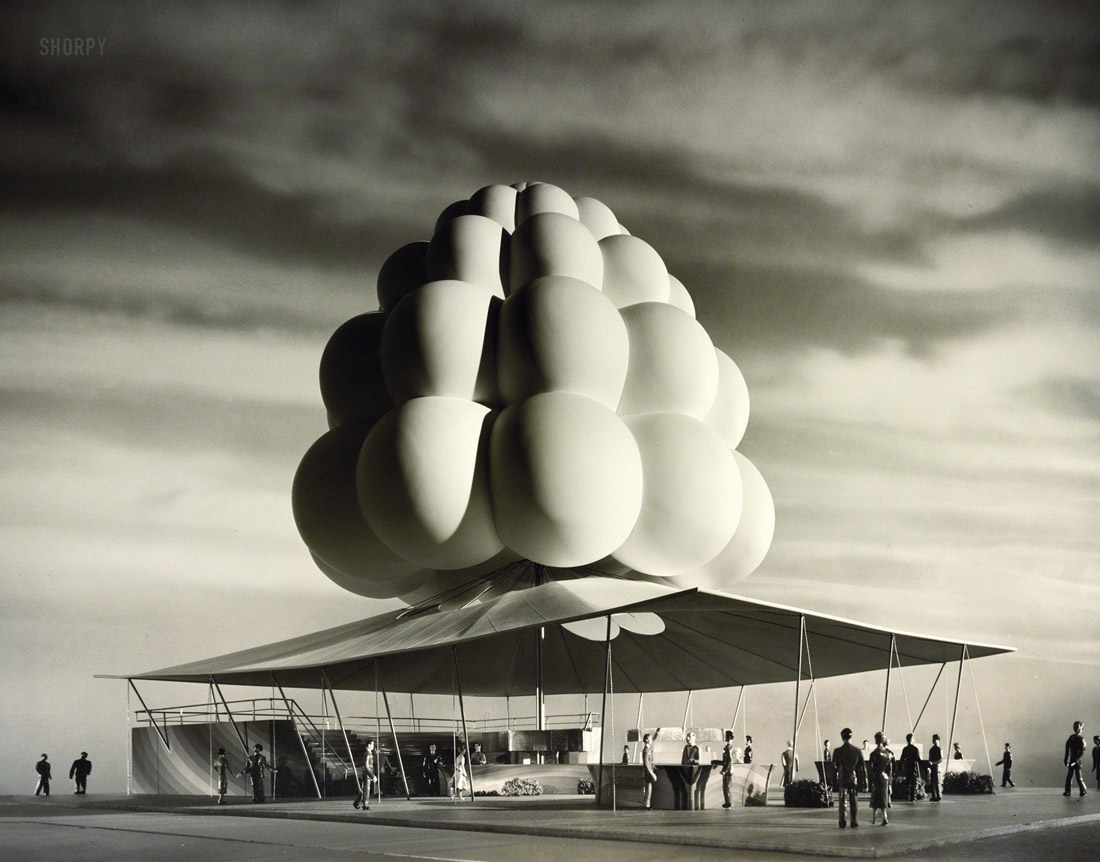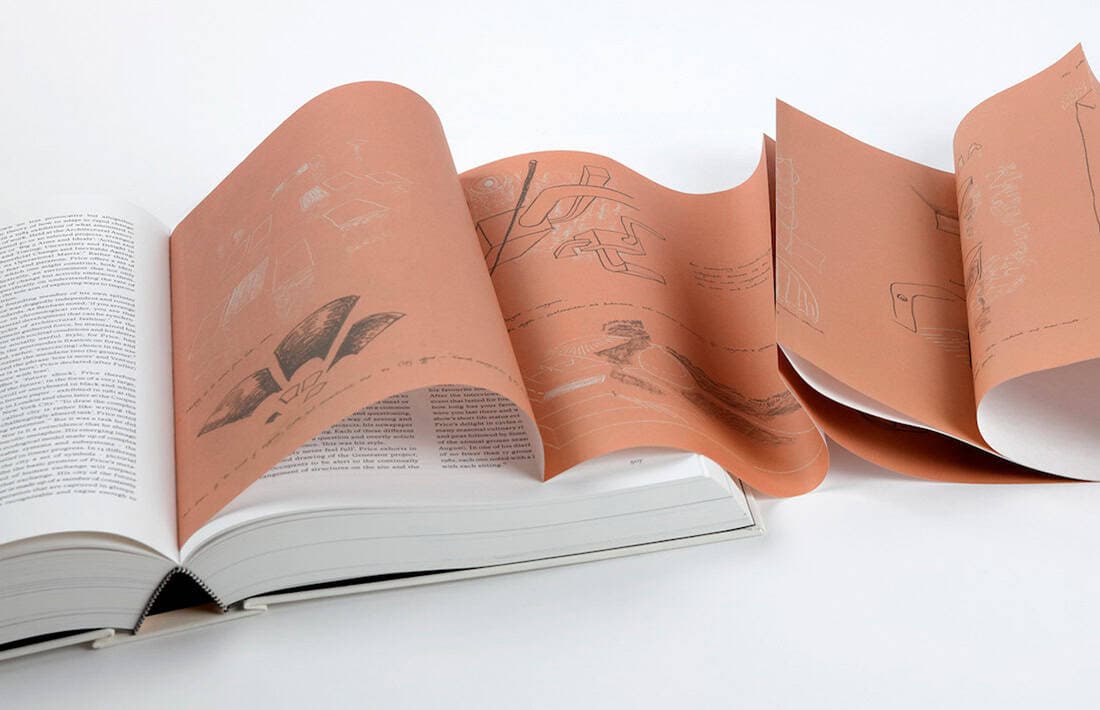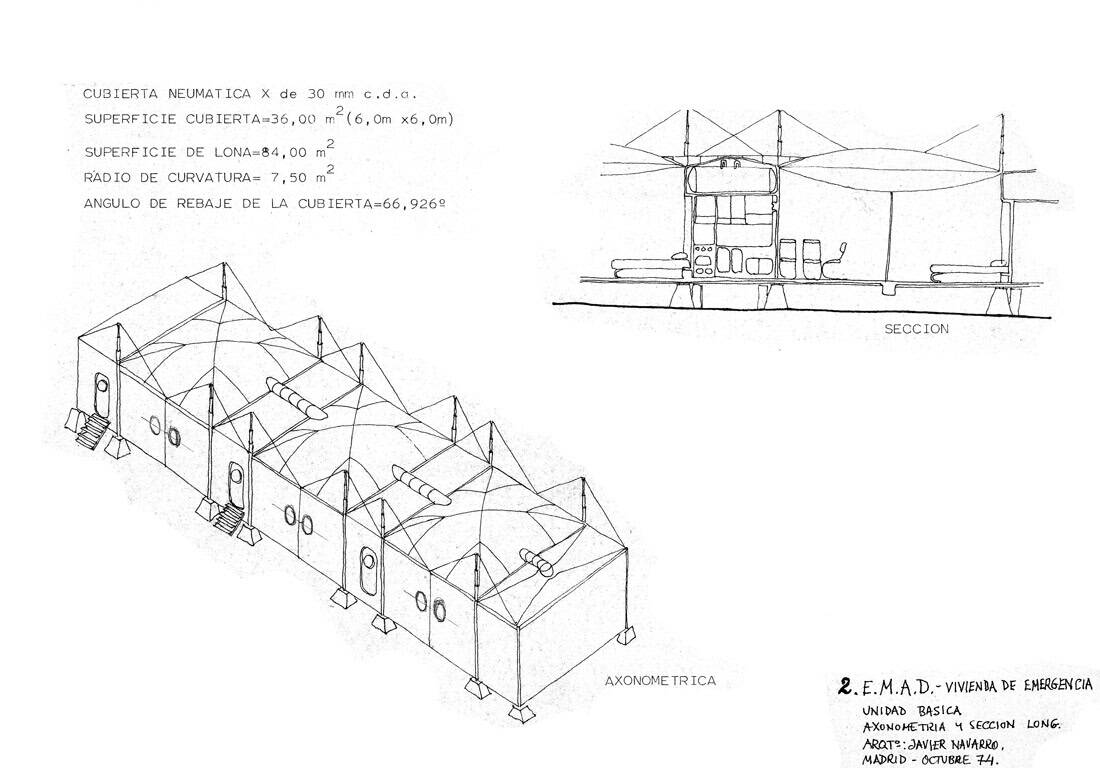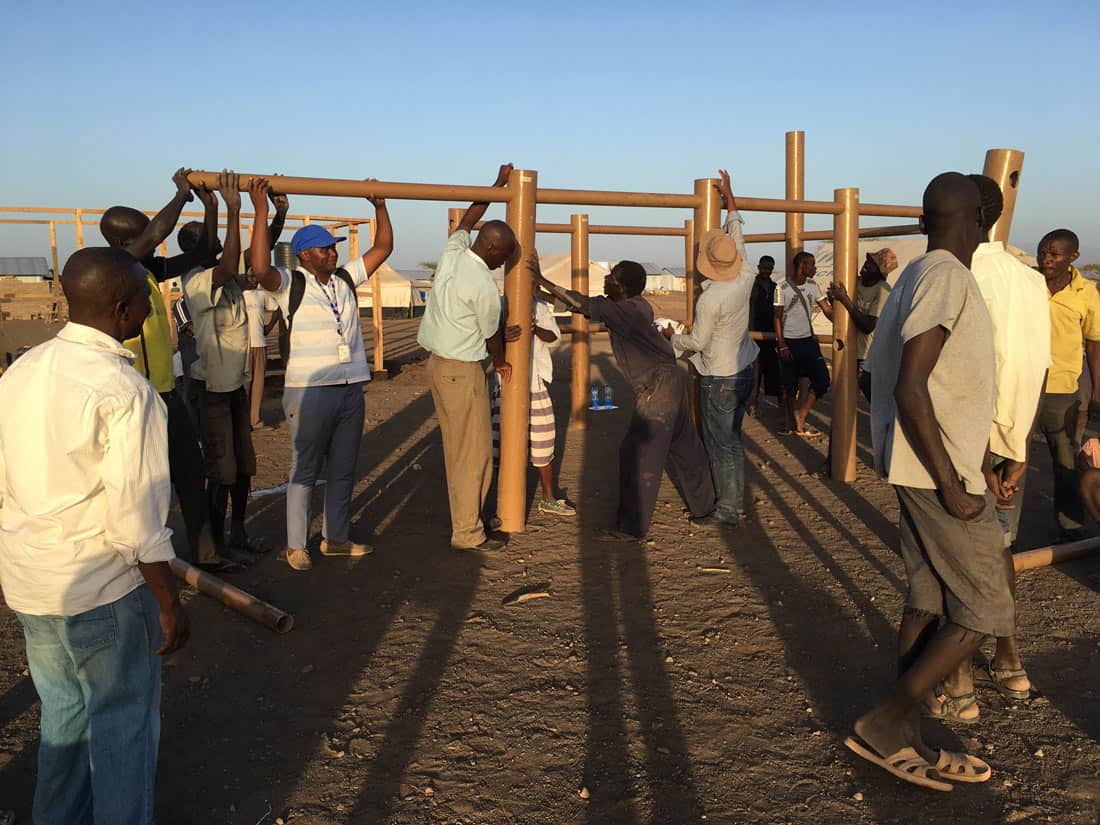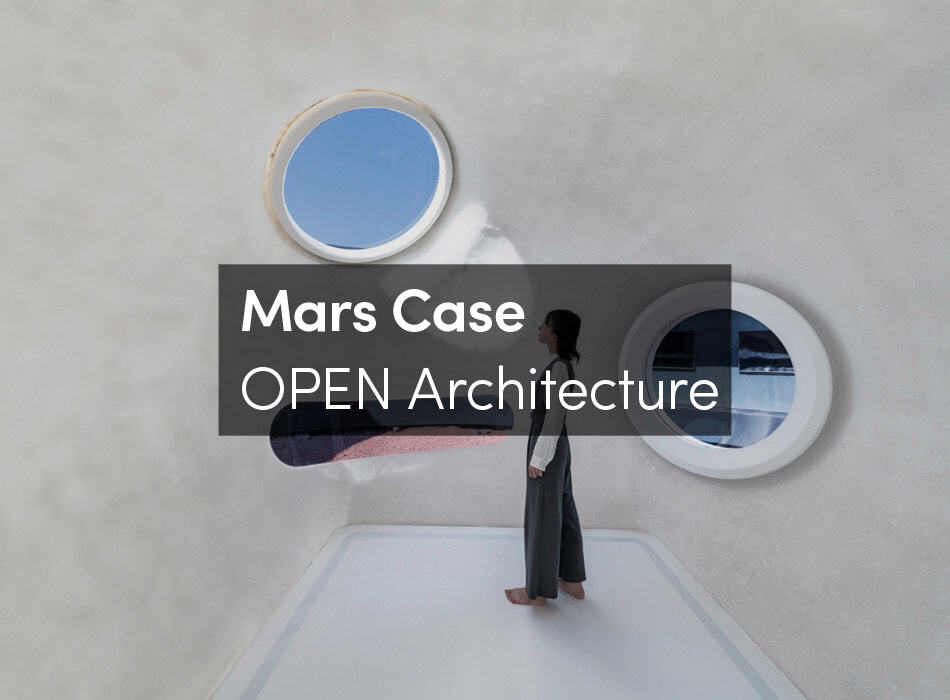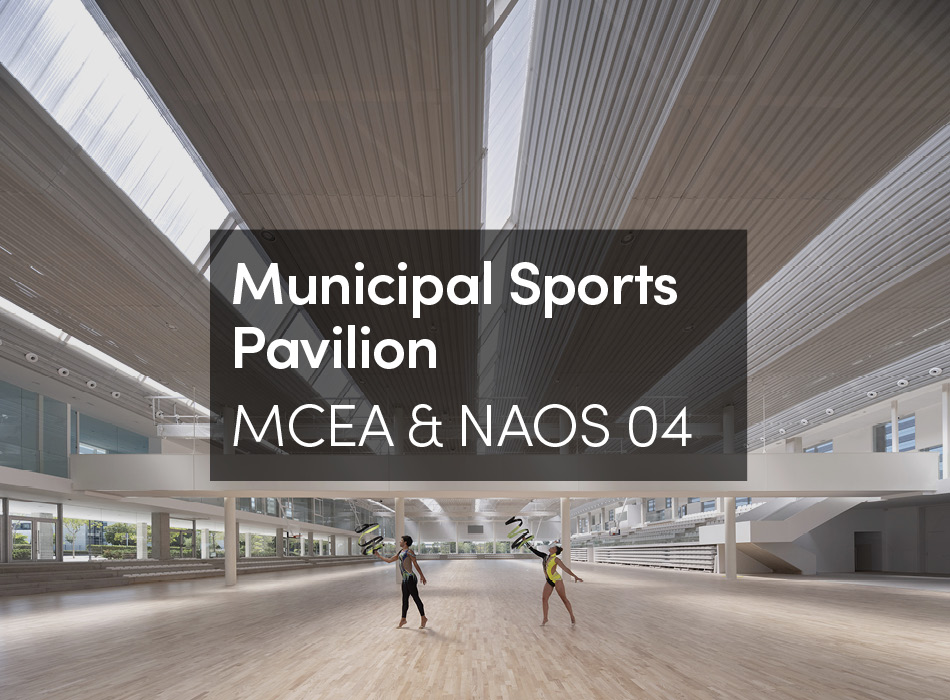urbanNext interviews Fernando Quesada on his research on the Mobile Theater project, its design strategies and how this knowledge can help address future challenges.
To start off, we just wanted to ask you if you could please introduce yourself and give a bit of background about who you are and what you do.
I am an architect and a PhD holder. After a period of practice, a long time ago, I now teach, and do research. I have been researching since 2002 when I finished my dissertation, which was about the theatrical space – more specifically about the dialectic between the space for the audience and the space for the actors. It was research about this clash and about how, for approximately 100 years, those relations have been interpreted by different architects and theater directors, thinkers, and some scientists as well.
Since then, I have been doing research, along with some practice and some activities, in the field of something called Explicit Performing Arts. This area is not particularly interested in the theater building in itself, in the typology of theater buildings and how they have been changing over time, but rather in what’s happening inside, around and in between different thresholds both inside and outside the building. The work also studies the political and social implications of those relationships. So, in 2009, I joined a research association of academics and practitioners in Spain known as Artea.
From that moment, we created a legal association and we started to raise funds for developing an extended research project. We’ve been active through four projects and now we are directing a new project, part of which is my book Mobile Theater.
 Mobile Theater design by Javier Navarro
Mobile Theater design by Javier Navarro
Mobile Theater design by Javier Navarro
Can you discuss the motivations behind your research? You said you weren’t particularly interested in the theater but more in the relationships. Do you think your dissertation sparked your interest in the relationships created by the space of the theater, or did the motivation come from your practice as an architect?
The research behind Mobile Theater was raised by a previous research project. It was a very ambitious project dealing with some avant-garde architecture case studies in Spain: notably Madrid and also Barcelona. It was so complicated, so complex and so ambitious that it was quite impossible.
Among this group of case studies, there were several architects covering a chronology between the mid-1960s and the mid-1970s, and the thesis of that unrealized project was that there was a kind of articulated experimental architectural avant-garde in Barcelona and Madrid, which also had many international connections. So I spent quite a long time preparing that project. We had to do a lot of prior research to apply for funding, so I got in touch with all the architects with personal archives at that time. At the time, those archives had not been donated to architectural centers or other institutions; they belonged to the architects themselves, so I could access all this body of knowledge. One of the most central figures was Javier Navarro.
Since I couldn’t complete the whole project because I only received partial funding, I decided to focus on Javier and on the Mobile Theater because it was one of the most interesting examples. It was quite different from the others but, more particularly, it is unique in Spanish architectural culture. There is nothing comparable to it in its time. Also, I had complete access to the archives and documentation and the main people involved, so I could do a lot of field work, interviews and conversations, and I was able to get in touch with the international network related to him and to his project.
Javier Navarro (left) during the lecture “Towards a Theatre of Situation”, facing Charles Jencks (standing on the right) and Paul Oliver (seated). London, November 1970. Courtesy of Javier Navarro de Zuvillaga.
Architectural Counterculture
There is no doubt that Javier Navarro’s Mobile Theater was incredibly important at that point in history. How do you believe the elements of the architecture that he created are still relevant today? Why do you believe that we should be taking note of his project at this moment in architecture?
I first learned about this project many years ago, and ever since I’ve noticed that there is a trend worldwide of architectural artifacts, as well as architectural semi buildings, installations and so on and so forth. I have seen so many of what I call epigons that were repetitive and powerless, politicized and much less complex than the Mobile Theater. The Mobile Theater is a very singular and unique building within Spain but it isn’t singular and unique within a wider context. That’s something that I explore in the book. It belongs to a very specific tradition – we can certainly call it that – a cultural current, into which the author of this project, Javier Navarro, belonged purposefully. I wrote this book to honor those forgotten seminal examples and to take the focus away from the much less interesting repetitions that have become decorative, corporate and ideologically debatable – because the current examples that replicate the form and the ideas from these projects and others at the time are at the antipodes in ideological terms. They serve certain political and financial powers, against which the original artists and architects were arguing and at war, so to speak. So I think it’s fascinating to see, and kind of unravel, that project which is called co-optation, as we know.
Also, I think it’s important to disseminate and change some cliches about Iberian culture and the role of Franco at the time, as there were illegal, anti-establishment and counter-cultural activities going on. It wasn’t just the intellectuals who emerged at the very end of Franco’s regime; there were many more. People need to be honest and reveal what was happening, because many people aren’t aware. We all have to adapt our knowledge of the architectural discipline to new findings and it’s extremely difficult to reach the canon, extremely complicated. I think there’s still a lot to do. It’s amazing. It’s just shocking to me how little people know. There’s a lot of work to do.
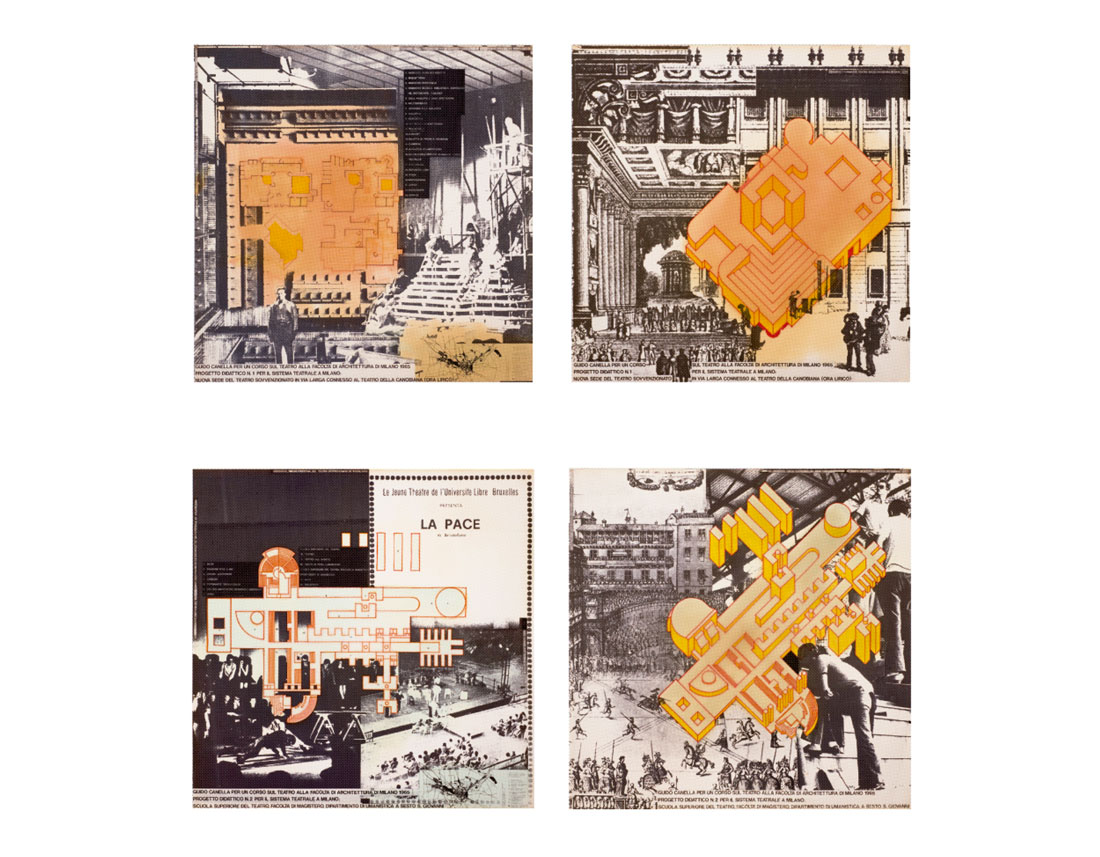 Above: Guido Canella, Educational project no. 1 for the theatrical system in Milan, new public theater on Via Larga, connected with the Teatro Canobiana, 1965. Courtesy of the Collezione Francesco Moschini e Gabriel Vaduva, AAM Architettura Arte Moderna, Rome.
Above: Guido Canella, Educational project no. 1 for the theatrical system in Milan, new public theater on Via Larga, connected with the Teatro Canobiana, 1965. Courtesy of the Collezione Francesco Moschini e Gabriel Vaduva, AAM Architettura Arte Moderna, Rome.
Below: Guido Canella, Educational project no. 2 for the theatrical system in Milan, theater school, teachers’ college, and department of Humanities in Sesto San Giovanni, 1965. Courtesy of the Collezione Francesco Moschini e Gabriel Vaduva, AAM Architettura Arte Moderna, Rome.
What do you think are the benefits and limitations of Javier Navarro’s example and the iterations that came forth from it. Do you believe that these iterations lacked his depth of knowledge, or were they able to improve on and adapt specific elements of the original project?
Well, if we’re only talking about the seminal projects, the advantages and disadvantages are very clear, and they were very clear almost from the outset. I think talking personally to many of the people that appear in the book – sometimes face-to-face, sometimes by phone, sometimes via email – I found that they were always conscious of the limitations of their proposals.
They knew that they were navigating a kind of utopian terrain. But, still, since they managed to build some of the prototypes, they could immediately test the advantages and disadvantages, the possibilities and the lack of possibilities. The answer from our historical perspective is clear: they were revolutionary. They were extremely important in terms of the renovation, in formal terms and conceptual terms and political terms, of the discipline of both theater and the performing arts at the time. They created a kind of canon, unwittingly, and that happens all the time when this kind of cultural adaptation starts working. It immediately deflates and it’s a very beautiful metaphor.
Particularly in one of the chapters, “The Pneumatic Community”, they grew so quickly and they deflated just like that [snaps fingers], which to a certain extent is easy to understand, specifically from our historical perspective. The architects were very conscious of their limitations, and they didn’t want to fix all the problems that they had detected. They just were obsessed with acting out the proposed intervention in reality, in the material culture, and they did. From that perspective it was a successful cultural adventure, and the proof of that is that it is still alive. So many people are following these strands of temporary architecture, particularly young people.
Victory Lundy, Model of the refreshment stand for the Brass Rail Food Service Organization Inc., 1963-1964. Library of Congress.
Mobile Design Strategies
This action of inflating and deflating you mentioned is heavily intertwined with temporary architecture. How do you think that the design principles from the original mobile theaters, such as the action of inflating and deflating, are applied or fall short in modern architecture’s interpretation of temporary architecture?
Well, at that time and immediately afterwards there were some very fascinating connections related to the metaphor of inflating and deflating – like losing stability, losing materiality, gaining ephemerality. Through that process they gained immediate access to reality. As we all know, architecture is very real, very concrete, very material but it takes forever to build. So it’s usually late. Most of the time, it arrives after the fact. It’s an issue. It has always been an issue, and it is more and more so because our lives are so accelerated. These cultural adventures were extremely interesting, coming up with these new terms of what we might call Postmodern culture. There were some other cultural currents and adventures going on at the same time.
If you think about the relationship of architecture with communication, the image and the culture, it ties in with what we usually call Postmodern architecture. But this was a different sort of Postmodernism, which came up in very witty terms with a completely new reality. And, of course, the traditional, classical notion of architecture could only take advantage of these novelties and appropriate these new strategies for itself, for our common ground, the discipline: what we usually call architecture.
Think about Cedric Price and how everyone has been talking about him – until today and tomorrow for sure – and how his work applies to the new short lives of architecture in general to how it has to adapt to very flexible social demands, even more flexible in terms of design with time frames that are increasingly shorter, and shorter construction times because materials are getting more and more and more expensive by the week. So these strategies have proved useful for the system that they initially intended to demolish from the very base. And I think that’s fascinating paradox. All in all, it’s a current that deserves research and dissemination, I think.
Cedric Price Works 1952–2003 by Samantha Hardingham, published by the Architectural Association Publications in collaboration with the Canadian Centre for Architecture.
Building on this, you said that you believe that these elements are used for publicity now. Previously you stated that you investigated how the audience connects with performers. Do you believe the mobile theater was designed as an act of expression or rather for communication? Or both?
The Mobile Theater was designed as an act of both expression and communication. This example, and others that I came up with during the research and that are explored in the book, doubled or tripled their intention sometimes. Javier Navarro, the architect, was likewise interested in doing something useful for the theatrical culture so he was convinced that, if built, the Mobile Theater would be extremely useful to launch the audience for the theatrical repertoire. But also he wanted to renovate performance, the theatrical moment itself, in formal and linguistic terms. Besides these two intentions, he also had always in mind that these sort of buildings, if we want to call them buildings, are extremely open and can be used for many different scopes.
That’s why he drew so many different adaptations, which can be seen in the illustrations from the book. He wanted to do something: to show that you can build a structure with little money, that can move and that can be used in many different ways, so society could only say “yes”. So they could only embrace the project openly. Unfortunately that didn’t happen, because society wasn’t ready. It was extremely ambitious from a conceptual point of view but not as ambitious from a material and financial point of view, since he wanted to make the most of the few resources he had.
Future Challenges in Architecture
Are there case studies from the book that you think were particularly successful? Are any lessons that you took from the book that could be applied to our world’s humanitarian emergencies? What design strategies from the Mobile Theater can be applied now?
In one of the chapters of my book, there is a description of how Javier Navarro adapted the Mobile Theater model to temporary housing. It was a commission from the Ministry of Housing at the time, and they signed a contract, but ultimately, it didn’t move forward. So there are no more drawings other than the ones that appear in the book, and the state of the process was very early and undeveloped. It was very well thought out and there was a particular relationship between that adaptation of a public institution or cultural building for a disaster. That’s rare to see.
Axonometric projection and detailed section of the Estructura Móvil Autotransportable y Desmontable para Viviendas de Emergencia, October 1974. Courtesy of Javier Navarro de Zuvillaga.
Another project done by a different pair of architects, Antonio Fernández Alba and Juan Daniel Fullaondo, colleagues of Javier Navarro and role models of a kind, who were a little bit older than him, were also commissioned for a similar project for a real situational disaster in Venezuela, in Caracas.
If you look at those projects and what has been happening with temporary and emergency settlements, very few architects, apart from Shigeru Ban Architects, for example, and very few others have been really interested and have put their energy – entrepreneurial energy – toward those extremely important questions. The elite, prestigious North American universities are putting a lot of effort, a lot of investment into these solutions but there is still no direct reflection in real life. That’s very unfortunate. I think we architects can’t do any more; we have done all we can. We need the projects to be realized. The professional branch could sacrifice and devote more effort to these unsuccessful experiments, because we really need that.
Assembly of paper tube columns and beams designed by Shigeru Ban in Kalobeyei Settlement on February 2018.
What do you believe are two main lessons that architects of the future can learn from the case studies that your book is based on? And how can those lessons be applied to our field today?
Two things that architects of the future can learn from the case studies? Well, one of them is the willingness to take action. I think it’s a great lesson to navigate the contradiction to crisis even through uncertainty, to do it willingly – even if you don’t know exactly where you are going. But you don’t want to be here, and you don’t like what surrounds you. So you want to go somewhere and draw it and immediately build it, or at least you try to do it. Do things in material terms, do experiments, build your experiments! That is the experimental attitude that has somehow gone outside paper architecture. It has disappeared. It would be interesting to recover.
And the second is, on the other hand, to keep your feet on the ground, to be extremely realistic. Please do not propose how to terraform the Earth. It makes no sense; I mean it goes nowhere. Keep in mind the available technologies, keep in mind the budget, yet be extremely ambitious in other senses because otherwise you will not be able to respond adequately to question one. There has to be a balance between the two.





